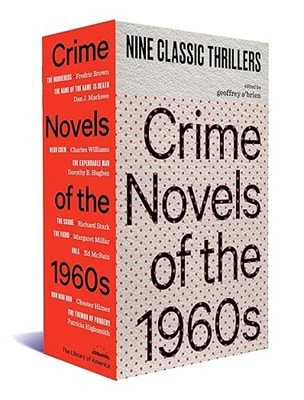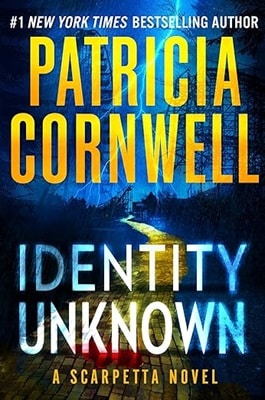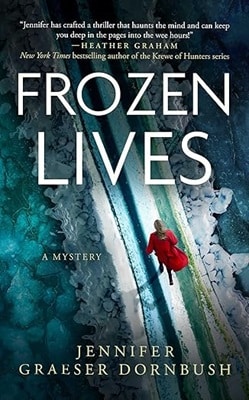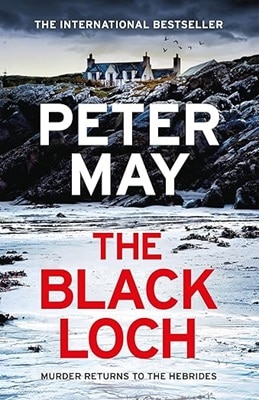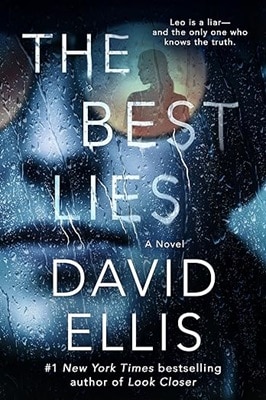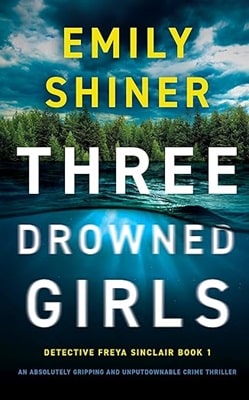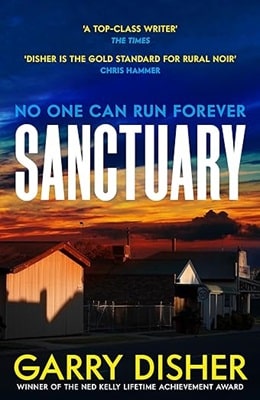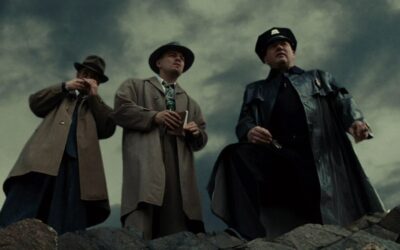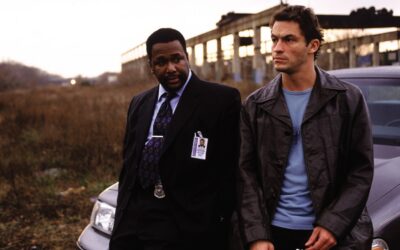Book Review
Crime Novels of the 1960s
Crime Novels of the 1960s is a collection released by the Library of America, featuring nine diverse novels from that genre and era. This compilation includes major names that remain celebrated to this day, encompassing a survey of nine novels across two volumes in a slipcase set.
While all entries are of interest, a select few stand out prominently.
Dorothy B. Hughes’ The Expendable Man is a notable inclusion, having been overlooked in the latter half of the twentieth century before regaining prominence through recent reprints. Hughes adeptly wove political and social issues into her narratives, ranging from early works with Nazi antagonists to stories dealing with gender, race, and abortion politics. The narrative unfolds as unexpected discoveries and encounters with racist law enforcement officers reveal the depth of the author’s skill.
Ed McBain’s Doll, from his 87th Precinct series, is highlighted as an example. Including a mid-series volume in a collection such as this might seem unusual to some, yet it perfectly fits the crime genre’s tradition. From penny dreadfuls to Sherlock Holmes, crime fiction has long relied on serial storytelling to captivate audiences.
This volume is darker and more disturbing than some of its predecessors, especially those earlier in the series. Although the police procedural elements persist, the narrative is pervaded by gruesomeness and violence from beginning to end.
Additionally, this work is notable for the extensive notes McBain kept during its writing, offering fascinating insights into his process.
Conversely, Patricia Highsmith’s The Tremor of Forgery is considered one of her lesser-known works compared to her Ripley series. Nevertheless, it stands as a compelling example of her craft. The protagonist, an author, may lead some readers to feel a closer connection to Highsmith herself.
Like many of Highsmith’s narratives, this novel presents a morality play early on, coupled with the theme of inherent human selfishness. This exploration, focusing on the emotional turmoil wrought by various situations, showcases Highsmith’s ability to blend complex themes with deep psychological insight.
The collection is further enriched by delightful supplementary materials, including concise biographical notes and rationale behind the selection of texts. While these biographies are notably shorter than those found in single-author volumes by the same publisher, they represent an understandable compromise, though some may desire a more in-depth exploration.
These examples represent just a fraction of the novels included, spanning the decade. Once again, the Library of America has produced a commendable compilation, offering a broad survey of an era of crime fiction. This collection is highly recommended for enthusiasts, scholars of the genre, and those with a casual interest alike. The only individuals who might hesitate are those who already possess each volume individually; for them, the additional material might be the sole new element of interest. Even so, this collection is a concise and thoughtfully curated release.
More Crime
advertisement
Crime Features
Literary Crime
Where Depth Meets Deceit
Criminal Fashion
Iconic Outfits and Styles in Crime Fiction
Ethics in Crime Fiction
Exploring Morality in Law and Order

